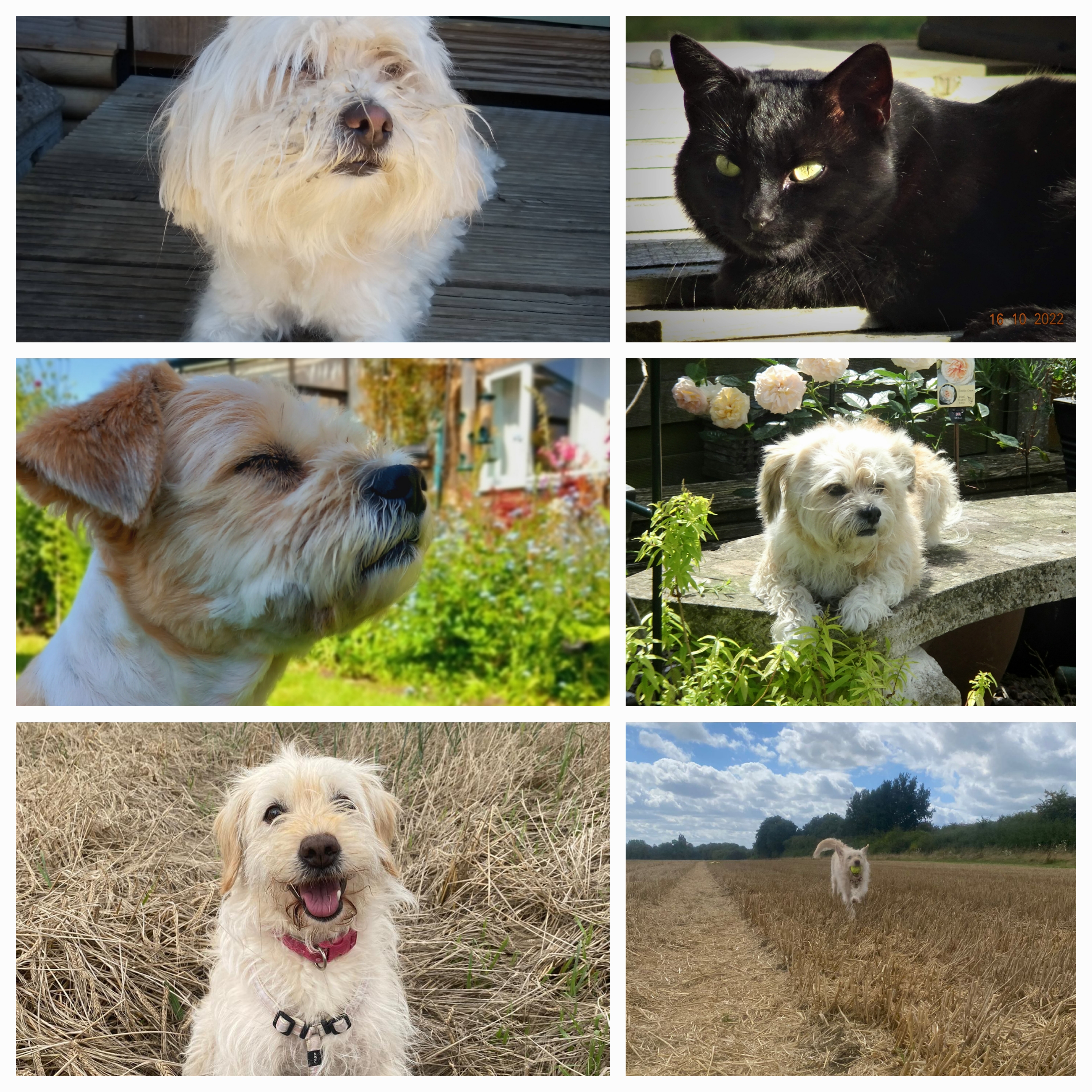Combined chemistry
Cards (33)
- What state is this?
- What state is this?
- What state is this?
- What are the limitations of the particle model?
- A physical change
- A chemical change
- The big number on an element
- The small number on an element
- Ion
- Size of an atom
- What do plant cells have that animal cells don't have?
